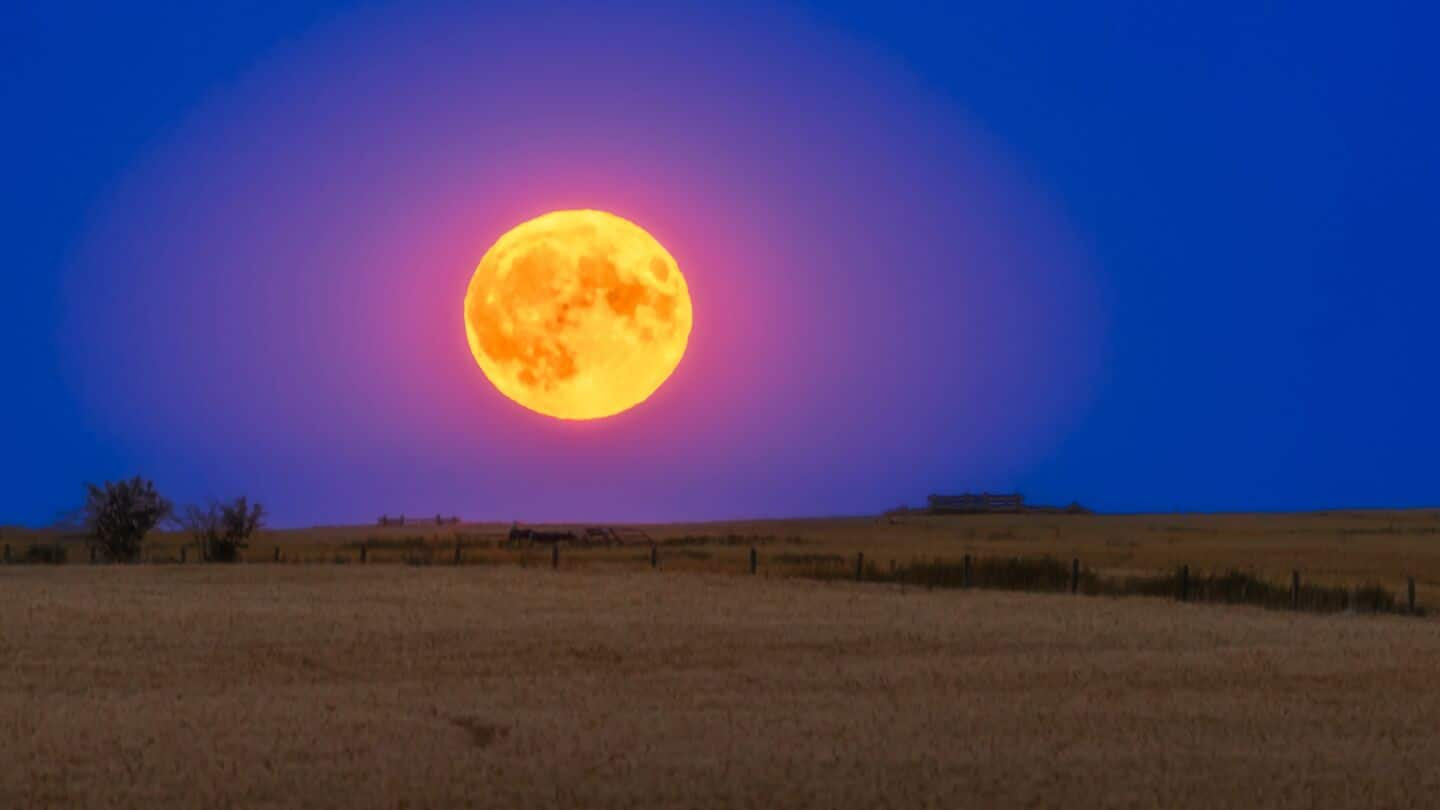
'Buck Moon' rises tonight: What makes July's full moon unique
What's the story
The first full moon of the astronomical summer in the Northern Hemisphere, known as the Buck Moon, will grace the night sky today. This celestial event is particularly special as it will be one of the lowest-hanging full moons of the year. The name "Buck Moon" comes from new-growth antlers on male deer that appear in July in North America.
Cultural impact
Significance and names of July's full moon
The Buck Moon is known for its brightness and low position in the sky, owing to its closeness to the summer solstice. This year, it will coincide with Guru Purnima, a full moon of the Hindu month of Ashadha. Native American tribes have different names for this full moon. Some call it "Thunder Moon" due to seasonal thunderstorms while others refer to it as "Salmon Moon," marking when salmon begin their annual upstream journey.
Viewing tips
When and where to see the Buck Moon
The full moon will reach its peak at 4:36pm EDT (20:36 GMT) on July 10. However, it will be best viewed at moonrise, which is around dusk on Thursday evening. In India, the Buck Moon can be spotted about 20 minutes after sunset, around 7:20pm. For optimal viewing conditions, look toward the southeast horizon where it will first appear and choose a location with an unobstructed view in that direction.
Lunar phenomena
Buck Moon may appear golden
The July full moon will take a low path across the night sky due to its timing close to the summer solstice. This year, a rare event called Major Lunar Standstill is making this low path even more noticeable. The Buck Moon will appear larger at moonrise due to a visual trick called the Moon Illusion. It may also appear golden or reddish due to light scattering, similar to red sunrises and sunsets.